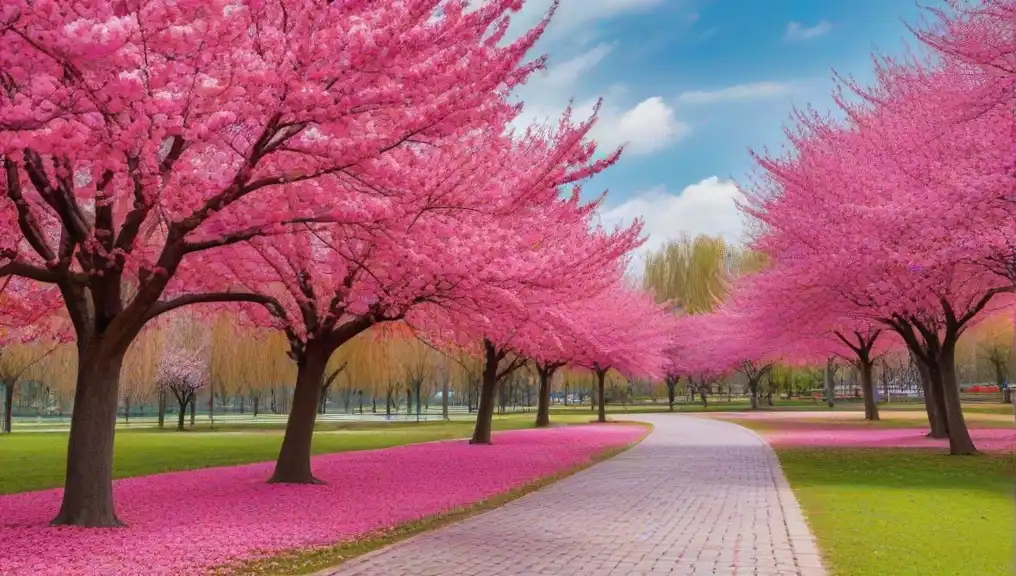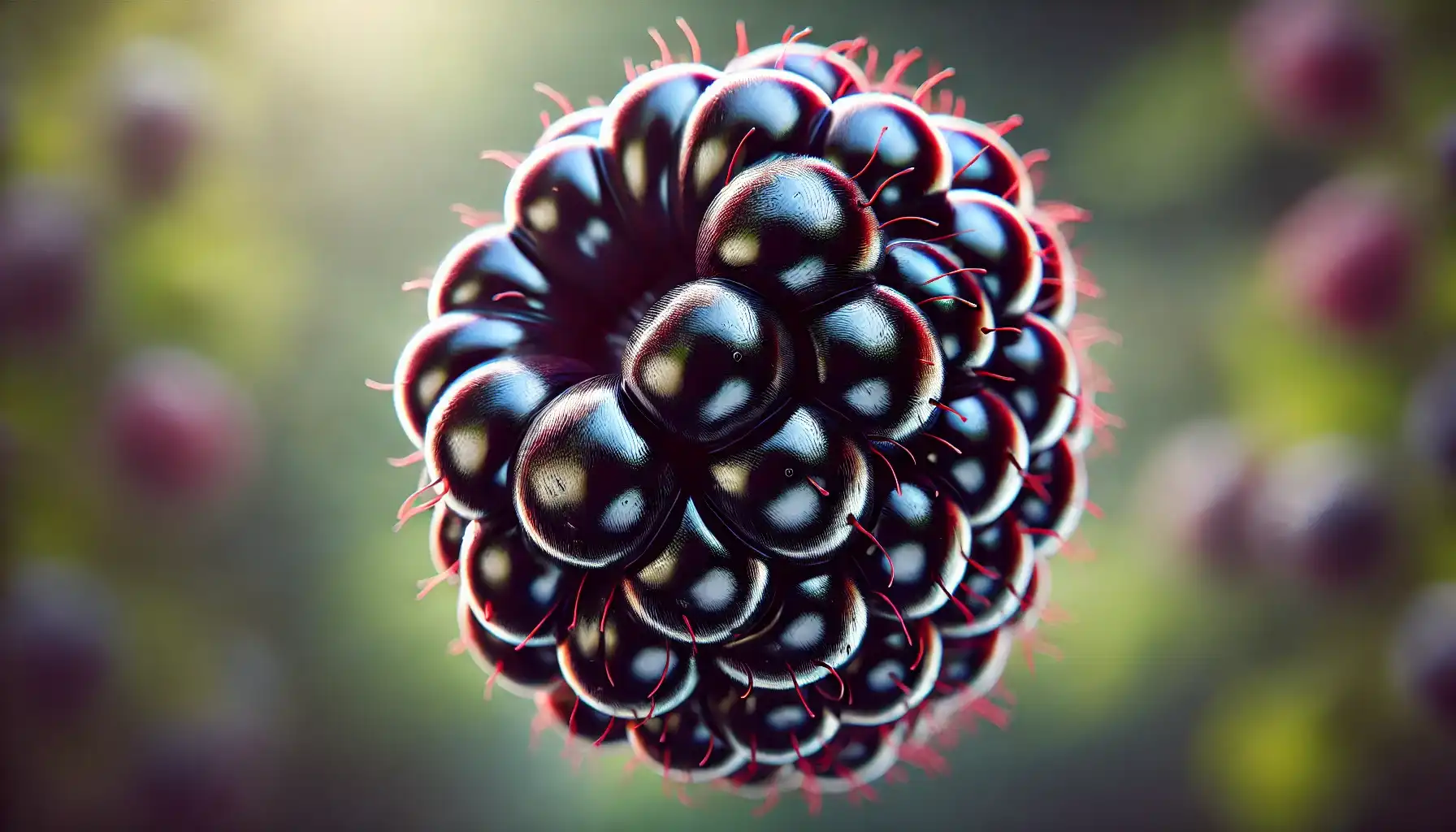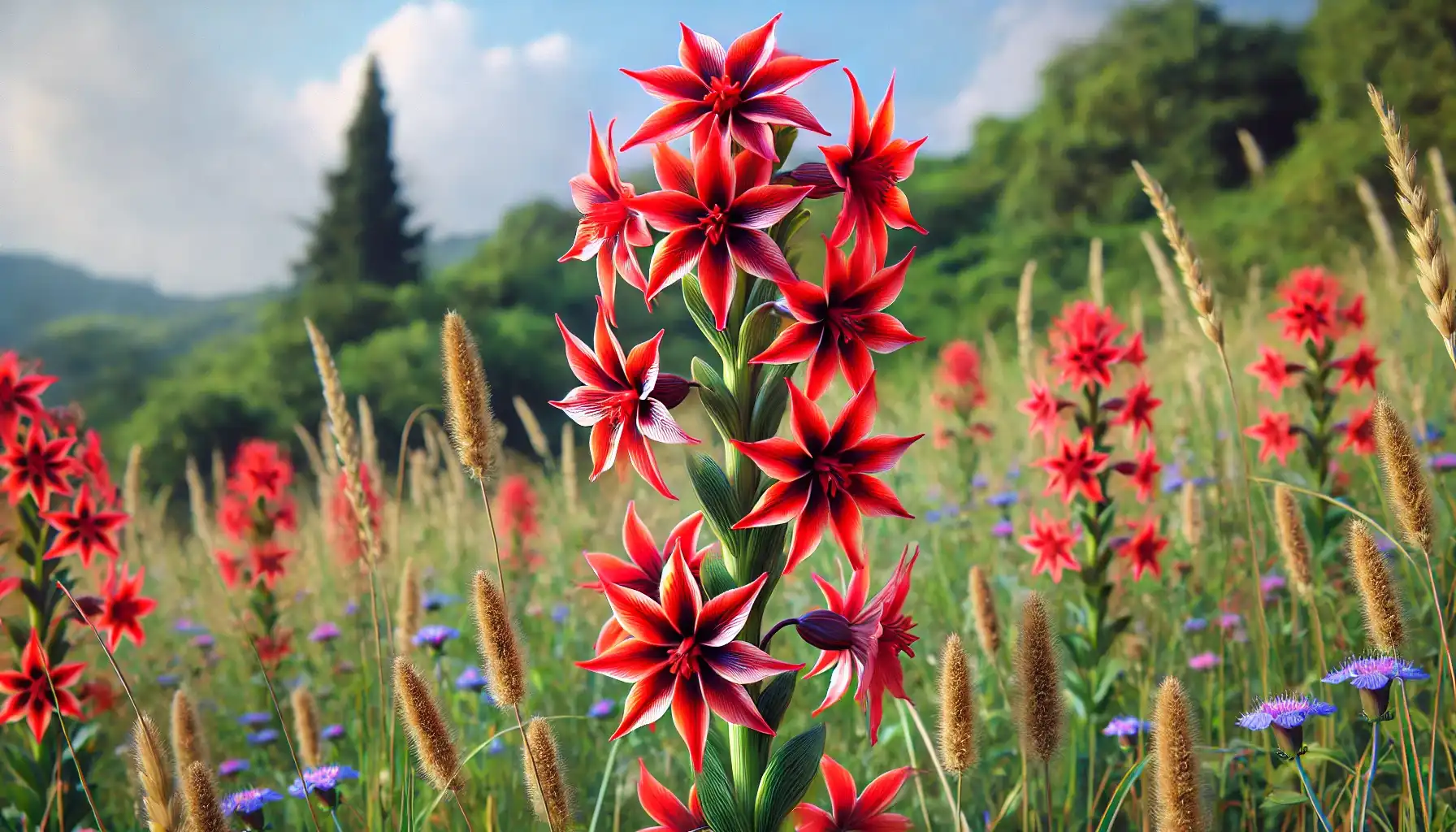Chanterelle Collection: A Brief Guide to Mushroom Hunting
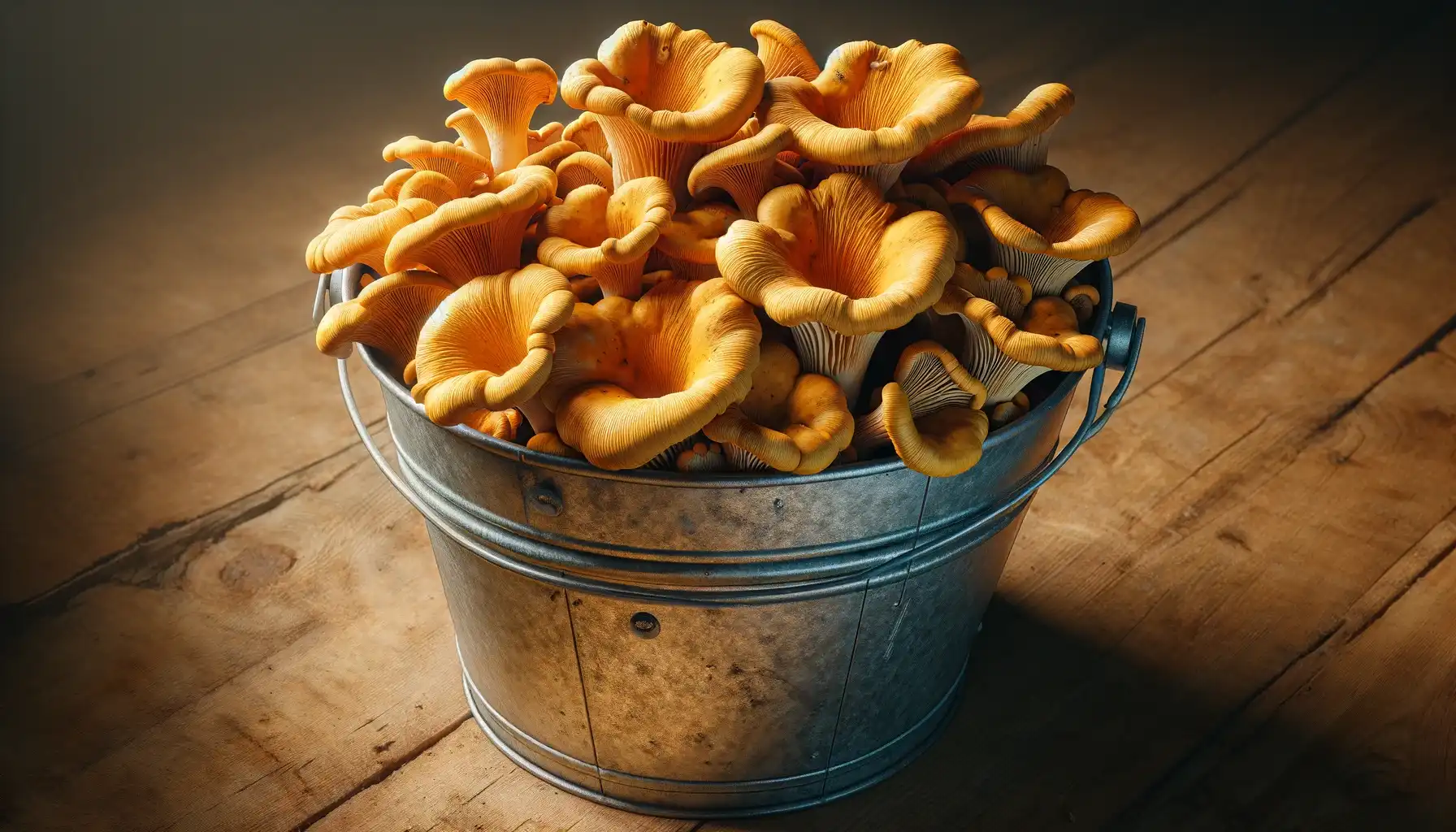
A chanterelle is a mushroom with one of the most prominent flavors and striking golden hues. During the hunting season, mushroom pickers from all over the world strive to find those bright natural creations and enjoy delicious recipes in the end. What a rewarding experience it may be when gained appropriately and sustainably.
Contents:
A chanterelle is a mushroom with one of the most prominent flavors and striking golden hues. During the hunting season, mushroom pickers from all over the world strive to find those bright natural creations and enjoy delicious recipes in the end. What a rewarding experience it may be when gained appropriately and sustainably.
In this guide, we are ready to present everything you need to know about these fungi before going on the hunt. Where do chanterelle mushrooms grow? How not to fall into the trap of a false chanterelle? Let us explore mushrooms together and ensure the most pleasant pastime possible.

What Are Chanterelle Mushrooms?
Chanterelle mushrooms are some of the most popular and sought-after fungi, for they are widely distributed around the globe. The peculiar combination of distinct, trumpet-like shape, vibrant yellow to orange color, and earthy flavor with hints of pepper and peach is what sets chanterelles apart from other representatives of the fungi kingdom.
In general, mushrooms are considered great sources of nutrients, such as copper, needed to boost brain health and energy; vitamin D, needed to protect the immune system and bones as well; B vitamins that play a crucial role in maintaining the central nervous system; and polysaccharides that literally safeguard cells and support the immune system as a whole.
Like any other plant, chanterelle mushrooms encompass different species, most of which are edible and frequently present in the local cuisines. Nevertheless, there may be found false chanterelles that are not really safe to eat because of the dangerous toxins they contain.
True Chanterelles vs. False Chanterelles: What Shall We Eat?
Most fungi live in pairs with safe (=true) and dangerous (=false) instances on each side, and chanterelle mushrooms are no exception. Although some specialists claim that false chanterelles do not pose any threats to human health, it is still beneficial to know the distinctive features of both mushroom groups to look for safer options anyway.
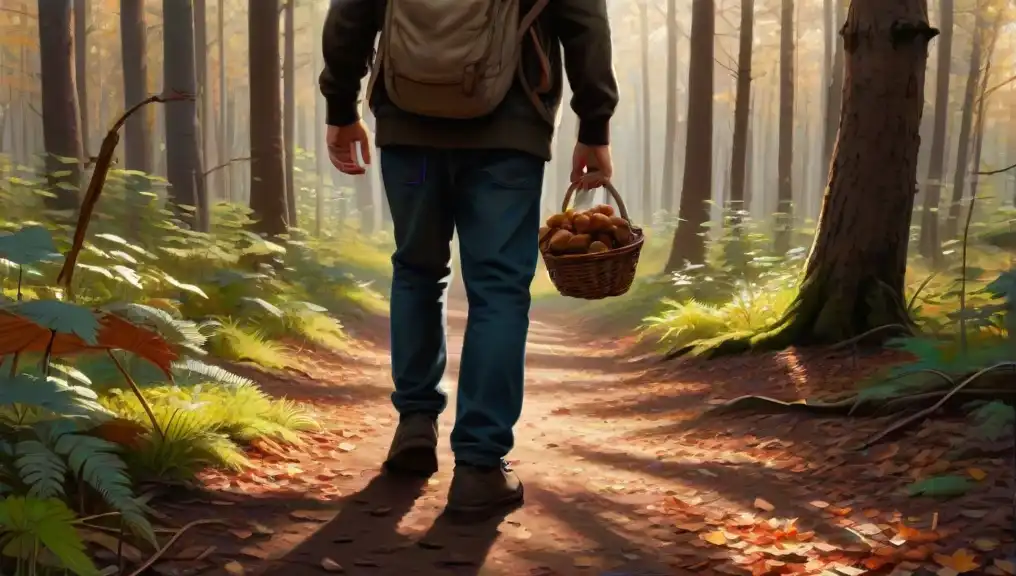
True Chanterelles
As usual, true chanterelle mushrooms are characterized by yellow to orange coloration and funnel-shaped caps. Under the cap, one may see the gill-resembling formations (“false gills”), which are actually ridges. Where do chanterelles grow? As stated in the mushroom guidebooks, true chanterelles grow in small clusters and prefer rich and moist forest soil. All in all, what should you pay attention to when picking “true” chanterelle mushrooms?
Color: Bright yellow to deep orange.
Cap: Funnel-shaped cap with uneven edges.
Gills: Ridges instead of true gills spreading down the stem.
Aroma: The scent of apricots or peaches.
Growth Patterns: Single or small clusters located on the forest floor.
Edibility: Safe to eat.
False Chanterelles
Most people find it difficult to differentiate which mushrooms are true and which are false. Nevertheless, false chanterelles and jack-o-lantern mushrooms, too, demonstrate some unique features that make it easier to identify the right type of plant. Even though the true version of this fungus shares almost the same colors as the false one, the latter differs because of the real gills found under the cap. What else should we take into account?
Color: Orange to brownish orange.
Cap: Velvet and funnel-shaped cap with straighter edges and a darker shade at the center.
Gills: True, closely spaced gills.
Aroma: Neutral.
Growth Patterns: Dense clusters on decaying wood.
Edibility: May cause gastrointestinal distress.
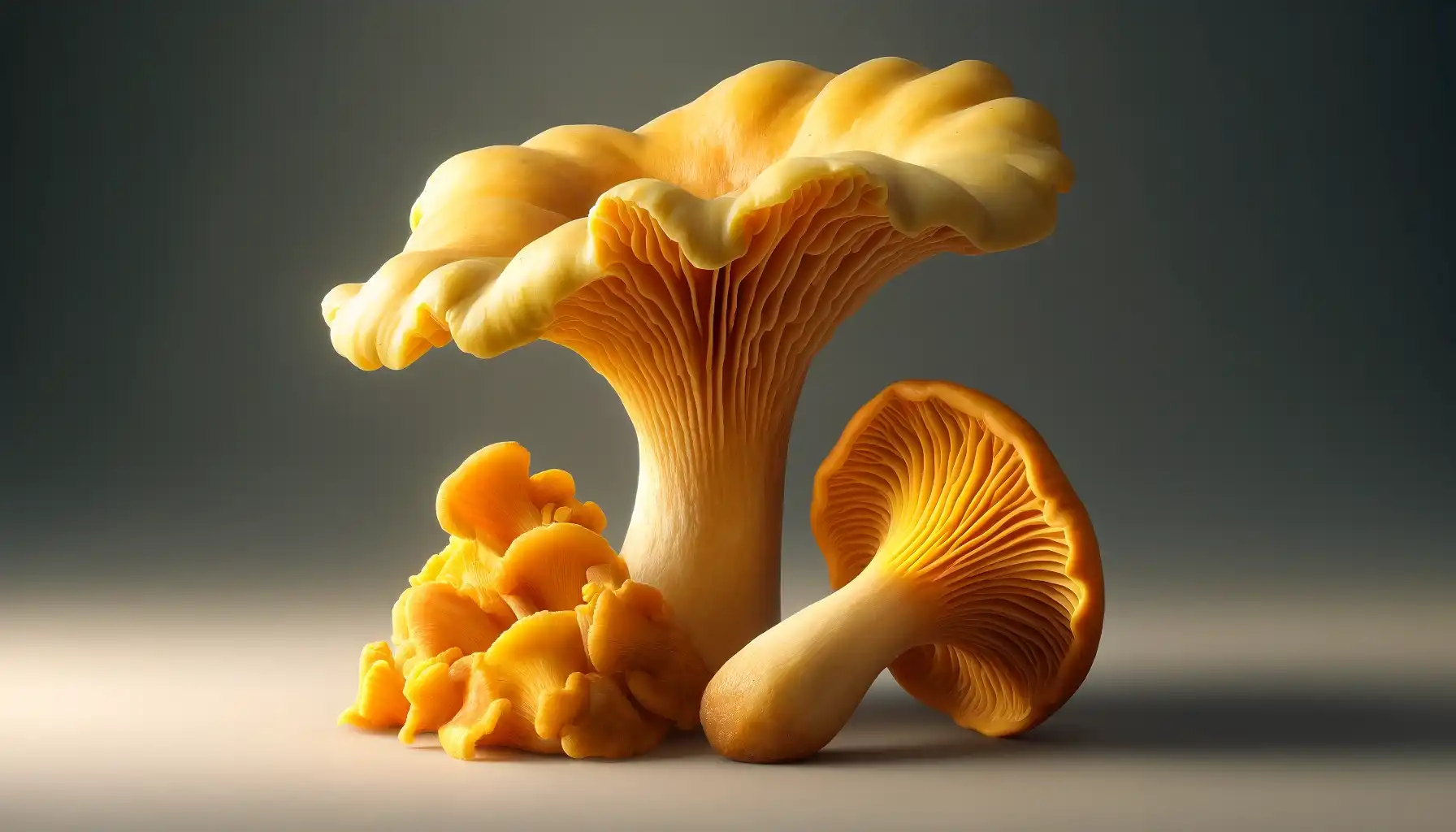
How Do I Identify a True Chanterelle?
Mushroom hunting is a unique yet complex process that should be treated with great interest and responsibility. Even when equipped with the relevant information, one may still wonder how to make sure it is a true mushroom so as not to harm anyone. There exist various platforms that may enhance this experience and make it a bit safer, including both digital and non-digital ones.
As for the digital breakthroughs, the AI Plant Finder app is definitely worth mentioning. For amateur foragers who may not be sure where you can find chanterelle mushrooms and what is appropriate to pick and eat, this app seems to be the perfect and quick-to-use solution. But why so?
The app offers a lot of useful tools for plant enthusiasts of all aspirations, and mushroom pickers may also benefit from them. Among the most notable features are My Garden to incorporate info about your plants, Plant Care Reminders to meet the plant’s needs on time, a Water Calculator to define how much water your plants require, a Light Meter to detect the level of illuminance around the plant, and plant ID, too!
Plant & Disease ID is the ideal choice for foragers who are unsure what type of chanterelles they have picked. The only things you should have are high-quality pictures of a mushroom and a stable Internet connection. Upload the photos to AI Plant Finder (or take pictures right there, if you like), wait for the app to process the images, and review the results. Do not neglect this opportunity but check twice for safe foraging practices.
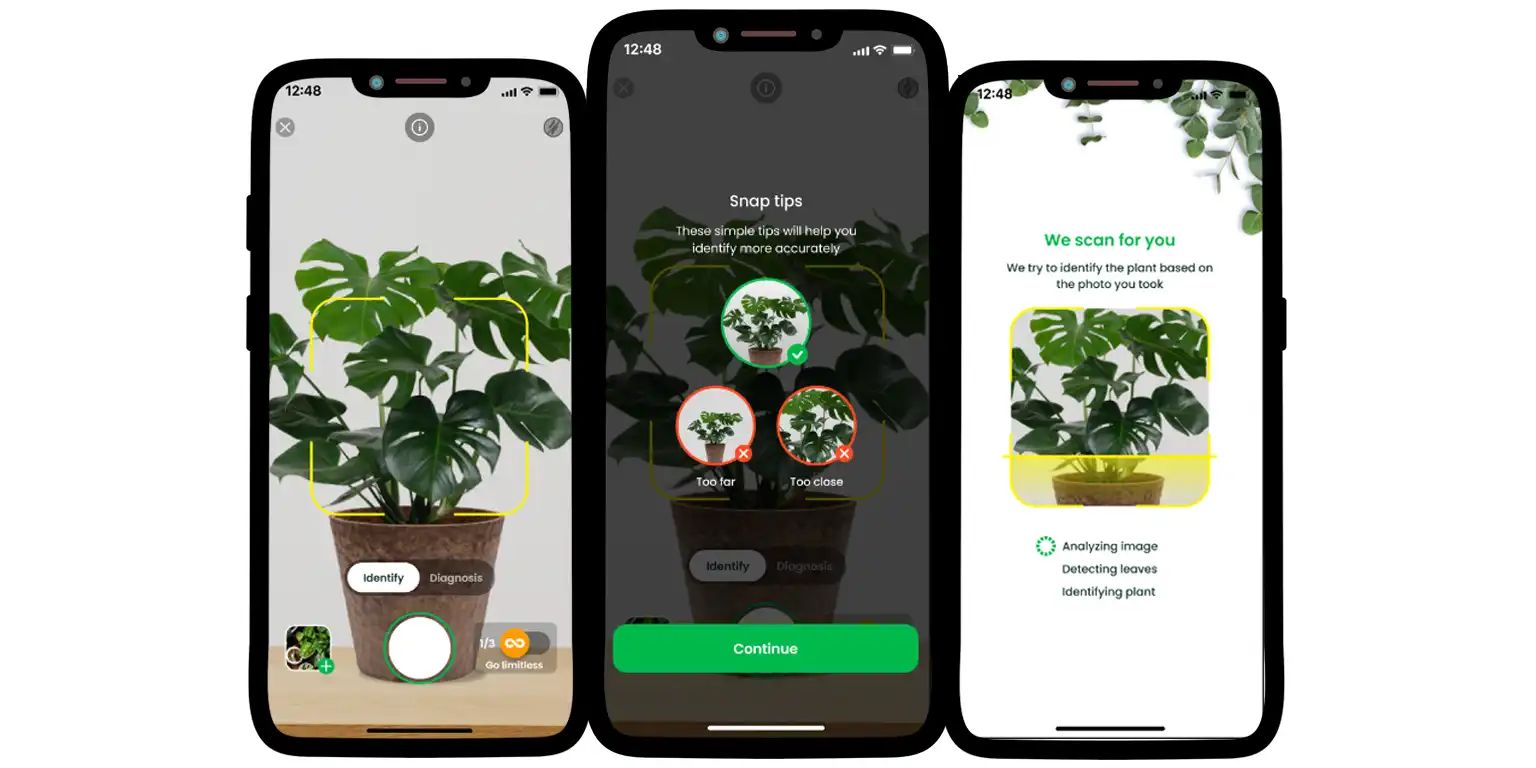
Where Can I Find Chanterelle Mushrooms?
Finding chanterelles always feels amazing. These mushrooms typically grow in forests with mossy areas and moist, well-drained soil. Moreover, they make mutually beneficial, i.e., symbiotic relationships with the roots of the mature trees. But what trees do chanterelles grow near? In essence, mushroom pickers tend to find chanterelles under oak, beech, and birch in deciduous forests or pines, spruces, and firs in coniferous ones.
Besides, one should take into consideration seasonal timing so as not to confuse chanterelles with their harmful look-alikes. Typically, these fungi fruit from late spring to early autumn, and they usually appear after periods of intense rain, followed by warmer, humid conditions. This is when the mushrooms get through their most productive part of development.
Mushroom pickers… assemble. Chanterelle mushrooms attract many plant enthusiasts for various reasons. While some people are excited to find these “golden treasures”, others dream about making delicious dishes with chanterelles in them. Nevertheless, one should be well-prepared so as not to fail but get the most out of this hunting experience. Stay healthy and always carry a personal assistant by your side.
Share:
Read More
Identify Any Plant, Diagnose Every Disease
Download Our App Now!
